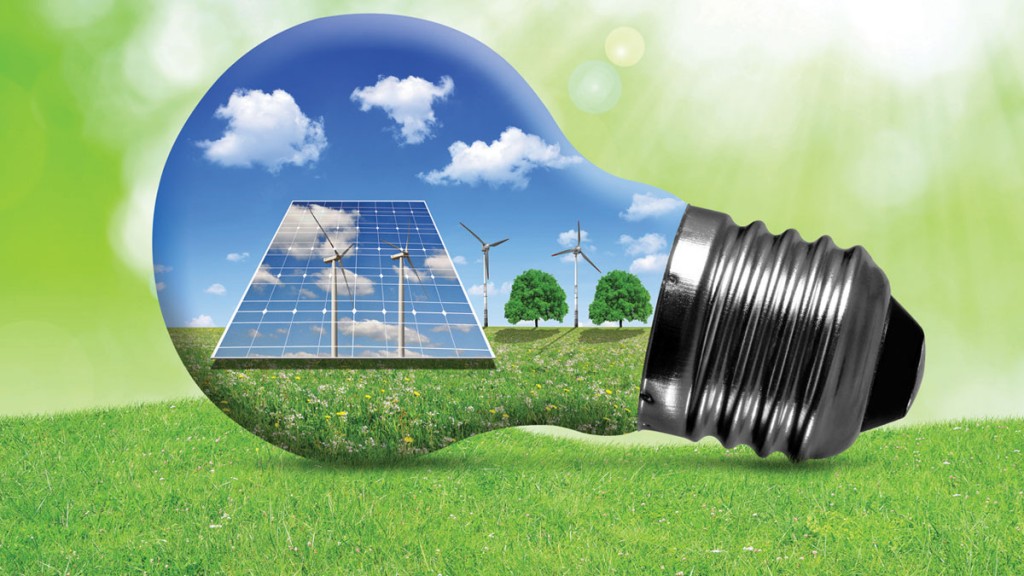
If you sign up for a green energy tariff from your electricity supplier, you may think that you get your energy direct from a renewable source, such as a wind turbine or solar farm. But the reality is a bit more complicated.
The energy you use in your house still comes from the same overall “pool” of power supplied to all users through the National Grid, which in turn comes from a mix of renewable and non-renewable sources. Last year, around 25% of electricity in the UK was generated from wind, solar, biomass and hydroelectric plants. Opting for a green energy tariff should mean that you are marginally helping to increase this proportion, because your energy supplier is supposed to buy enough energy from renewable sources to match the amount of green energy its customers have selected.
However, energy companies already have to source a certain amount of their electricity each year from renewables, as part of the UK’s efforts to meet its green energy targets. This is known as their “renewables obligation”. Energy customers effectively pay around 8% of a typical dual-fuel energy bill per year to help fund this and other “environmental and social costs”, according to Ofgem data (the cost of the renewables obligation itself seems to be about a third of that overall figure).
So, when you opt for a green tariff, an energy company could simply assign to you some of the renewable energy it’s already obliged to supply, while reducing the green energy it assigns to other customers who aren’t explicitly paying for it.
This means that your decision to go green only has an impact on the overall supply of renewable energy if enough consumers opt for renewable tariffs that companies need to source more green energy than they already need to meet their renewables obligation. So to make it easier for eco-conscious customers to see the true impact of their green energy tariff, energy regulator Ofgem recently made it mandatory for providers to state if a green tariff does not offer any environmental benefit beyond what the customer has already paid for.
Most of the bigger energy companies don’t provide green tariffs, which some in the industry blame on legislation that limits the number of tariffs per provider (this restriction was intended to promote competition by restricting the bewildering number of confusing tariffs that providers had begun offering). Consequently, green energy suppliers tend to be smaller companies, such as Ecotricity or Green Energy UK. Many of these companies only offer green electricity, and not gas, though with biogas becoming more mainstream, green duel-fuel tariffs should follow.
If you’re deeply committed to helping the environment, it’s worth checking exactly how much renewable energy each supplier gets from renewable sources, because not all green providers are 100% green. Those that don’t may promote the use of renewable energy, but also offer cheaper deals from conventional energy sources. Information like this should be available on the company’s website.
Green tariffs are often not the cheapest deals around. The cheapest conventionaldual-fuel tariff for a family of four using a typical amount of energy and paying monthly by direct debit is currently Iresa’s 12-month fixed tariff, according to comparison site uSwitch.com. This costs £1,362 per year, compared to a minimum of £1,577 per year for green energy (a variable tariff from Bulb, which sources 100% of its energy from renewable sources).
Nonetheless, some green deals are cheaper than the “Big Six” suppliers, so you could still save money by switching. In addition, small firms committed to an ethical goal may offer better customer service. For example, Ovo Energy, Good Energy and Ecotricity – all of which offer green tariffs – came top in Which’s customer satisfaction survey this year.